How Do They Repair Hiatal Hernia
Repair of Hiatal Hernia
Hiatal Hernia:
The esophagus passes through an opening in the diaphragm (i.e. esophageal hiatus) equally it courses through the chest to the abdomen eventually ending at the stomach. This opening is usually adequate for passage of the esophagus and zippo else. However, patients that have a hiatal hernia have an enlarged opening. There are four different types of hiatal hernias described. The sliding hernia is the nigh common of the four representing more than fourscore-per centum of all hiatal hernias. The lower esophageal sphincter- the high pressure zone near the junction of the stomach and esophagus- fails and allows stomach contents to reflux into the esophagus.
Symptoms:
- The symptoms associated with hiatal hernia are variable only generally include:
- Heartburn – 30 – 60 minutes after eating
- Regurgitation – worsened with lying flat
- Excessive belching
- Aspiration – stomach contents refluxed into the airway
- Asthma – chronic result of aspiration
- Breast hurting – called-for mid-chest pain
- Difficulty swallowing
- Hurting with swallowing
- Bleeding
- Stomach twisting and perforation
- Obstruction
Diagnosis:
Several studies are helpful to your doctor in making the diagnosis of hiatal hernia including:
- Breast X-ray:
- Air fluid level in the chest
- Esophagram:
- Assess the function of the esophagus
- Identify structural abnormalities (twisting of the stomach)
- Reveal associated problems (e.g. aspiration, poor gastric elimination)
- Upper endoscopy:
- Place impairment caused past reflux (e.g. Esophagitis, Barrett'due south esophagus, malignancy)
- Biopsy esophagus for evaluation of malignancy
- Esophageal manometry:
- Assess the function of the LES
- Assess the wave-similar move (propulsive function) of the esophagus
Surgery:
Laparoscopic Cruroplasty and Nissen fundoplication is the process of choice for repair of a hiatal hernia. Patients that have paraesophageal hernia which allows the fundus to be displaced into the chest above the GE junction or patients with other abdominal organs (e.g. spleen, colon, liver) displaced into the breast should exist repaired urgently. Repair will assist prevent complications such every bit bleeding, intestinal disruption, strangulation and the like. Constituent repair is recommended merely for patients that are asymptomatic and take a sliding hernia. This group of asymptomatic patients may also be followed clinically seeking surgery only when symptoms arise.
In the past, open up surgery was the merely selection for repair. This approach is associated with prolonged recovery fourth dimension and a big painful incision. With the new minimally invasive arroyo, surgery is now a viable initial therapy even for patients who are asymptomatic.
The laparoscopic cruroplasty and Nissen fundoplication is performed through five quarter-inch incisions through which, a photographic camera and instruments are placed. The hernia is reduced from the chest into the belly. This may require separation of abdominal organs from the lung and middle chest structures. The hiatus is then re-approximated to the advisable size. Some hernias are so big and tissues are so poor that prosthetic textile must be used to forestall recurrence. Afterward adequate repair of the hiatus, a new lower esophageal valve is constructed by wrapping a two-centimeter portion of the tummy effectually the lower most portion of the esophagus. This collar is then anchored to the tough fibers of the diaphragm. The procedure typically lasts for 2 to four hours depending on the size and contents of the hernia. Patients are started on clear liquids the next morn and are discharged in the afternoon. The open surgical technique involves an 8-ten inch upper intestinal incision with a hospital stay of 5-7 days.
Dr. Frantzides initiated and completed a 10 year prospective randomized study in which he included patients who underwent laparoscopic hiatal hernia repair with and without mesh. He institute that instead of a 20-35% recurrence rate the apply of mesh would reduce or eliminate recurrences. This study was published in 2002 in the Athenaeum of Surgery.
Recovery:
Patients recover sooner after laparoscopic cruroplasty and Nissen fundoplication. Return to activities can occur within ii-7 days compared to 4-6 weeks with an open approach. Wound infections occur less frequently with the laparoscopic technique. Also, less hurting has been reported with laparoscopy. Most chiefly, greater than xc-percent of patients are symptom gratuitous 10 years afterward the procedure.
Pertinent References
Hiatal Hernia ; Frantzides CT, Carlson One thousand. (on the web/epocrates) https://online.epocrates.com/u/2963735/Hiatal+hernia
Frantzides, C.T., Madan AK,Carlson MA, Zeni TM, Zografakis JG, Moore RE, Meiselman M, Luu 1000, Ayiomamitis One thousand; Laparoscopic Revision of Failed Fundoplication and Hiatal Herniorrhaphy. J. Laparosc. Adv. Surg. Tech. 19(ii): 133-139, 2009
Frantzides, CT, Carlson M; Laparoscopic Hiatal Herniorrhaphy; In Atlas of Minimally Invasive Surgery Frantzides, Carlson (ed.) Elsevier 2008.
Frantzides, C.T., Madan AK, Zografakis JG, Smith C: Laparoscopic Repair of Incarcerated Diaphragmatic Hernia. J Laparoendosc. Adv. Surg. Tech. 17: 39-42, 2007.
Carlson MA, Frantzides, C.T. Laparoscopic Repair of Paraesophageal Hiatal Hernia. Surg. Endosc. eighteen(12):1821, 2005
Madan AK, Frantzides, C.T., Patsavas KL; "The Myth of the Brusk Esophagus;" Surgical Endoscopy 18(ane): 31-34, 2004
Carlson MA, Frantzides, C.T.: Mesh-Reinforced Repair of Diaphragmatic Hernia (In: 5. Schumpelick, L.Yard. Nyhus (eds) Springer: Meshes: Benefits and Risks pp. 28-289, 2003
Frantzides, C.T., Madan AK, O'Leary PJ, Losurdo J. Laparoscopic Repair of a Recurrent ChronicTraumatic Diaphragmatic Hernia; American Surgeon 69(two):160-162, 2003
Frantzides C.T., Madan AK, Carlson MA: A prospective, randomized trial of polytetrafluoroethylene (PTFE) patch repair vs. uncomplicated cruroplasty for large hiatal hernia. Arch. Surg, 137:649-652,2002
Frantzides C.T., Carlson MA: Paraesophageal Herniation in: Baker, RJ and Fischer JE (Eds), Mastery of Surgery, Little Brown 4th Edition, 2001.
Frantzides C.T, Carlson MA: Laparoscopic Repair of a Congenital Diaphragmatic Hernia in an Adult: A Example Report. Laparoscopic Adv. Surg. Tech., 10:287-90, 2000.
Frantzides CT, Carlson, MA, and Richards CG: Laparoscopic repair of large hiatal hernia with Polytetrafluoroethylene. Surg Endosc. 13:906-908, 1999.
Frantzides CT, Carlson MA: Prosthetic reinforcement of posterior cruroplasty during laparoscopic hiatal herniorrhaphy. Surg Endosc 11: 769-771, 1997
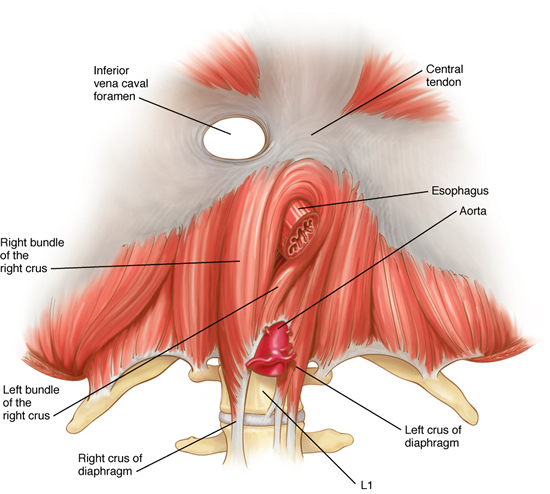
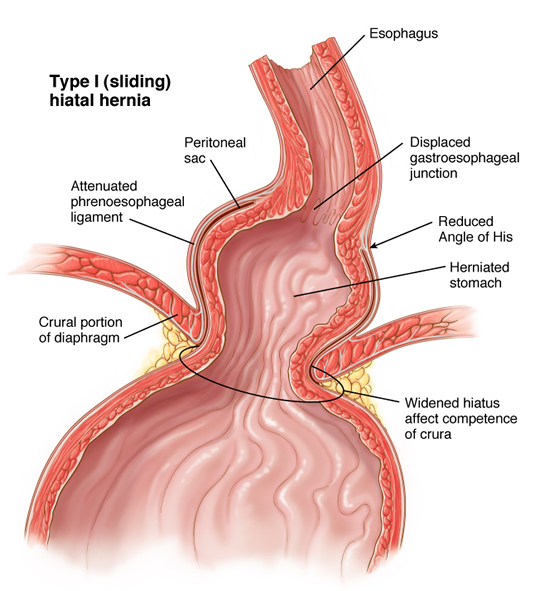
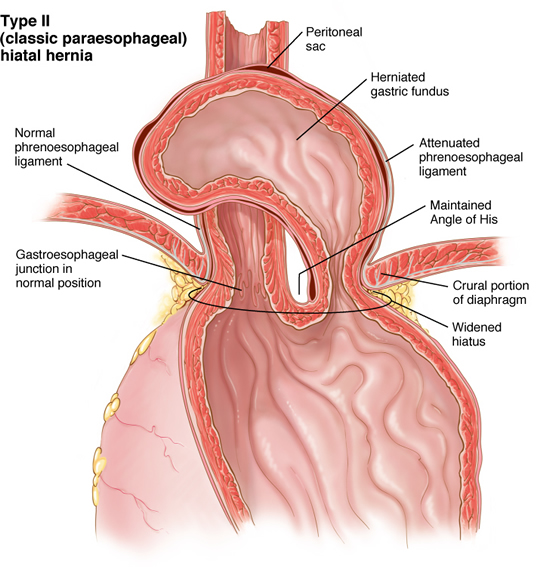
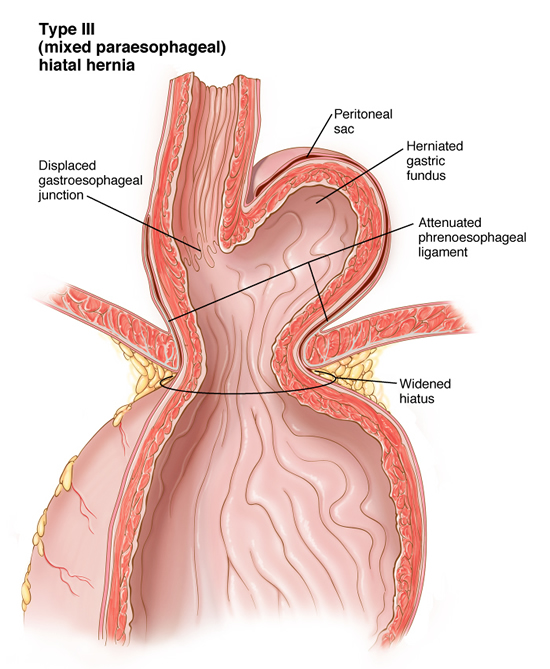
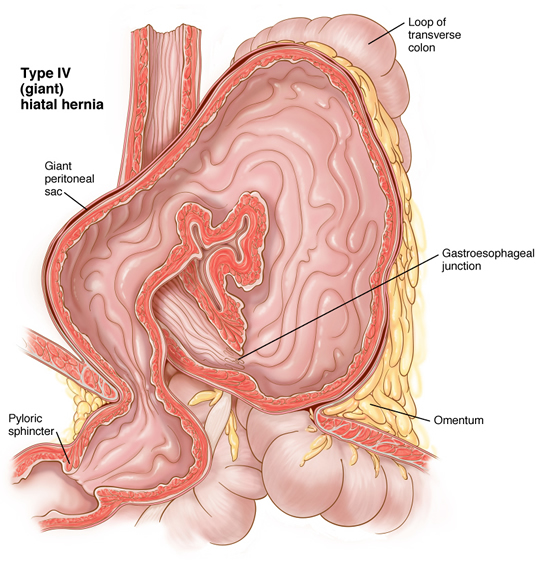
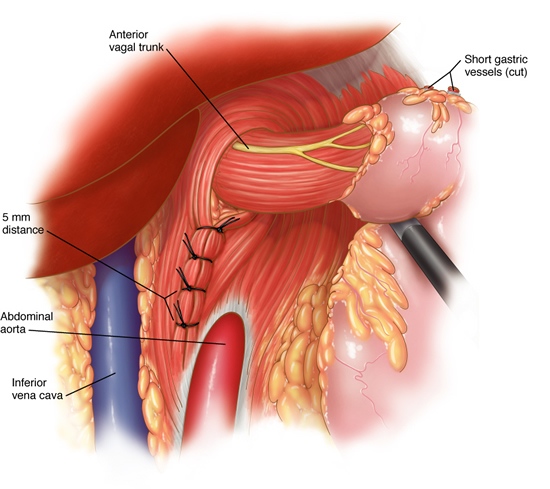

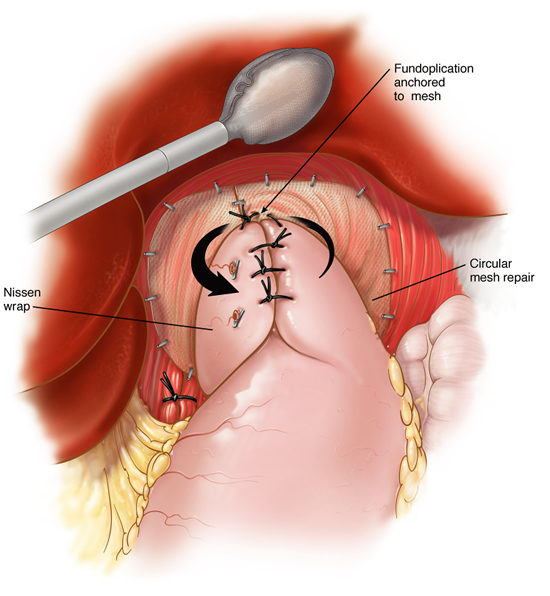
Source: http://www.laparoscopicexperts.com/repair-of-hiatal-hernia/
Posted by: stoltejoyagoint.blogspot.com


0 Response to "How Do They Repair Hiatal Hernia"
Post a Comment